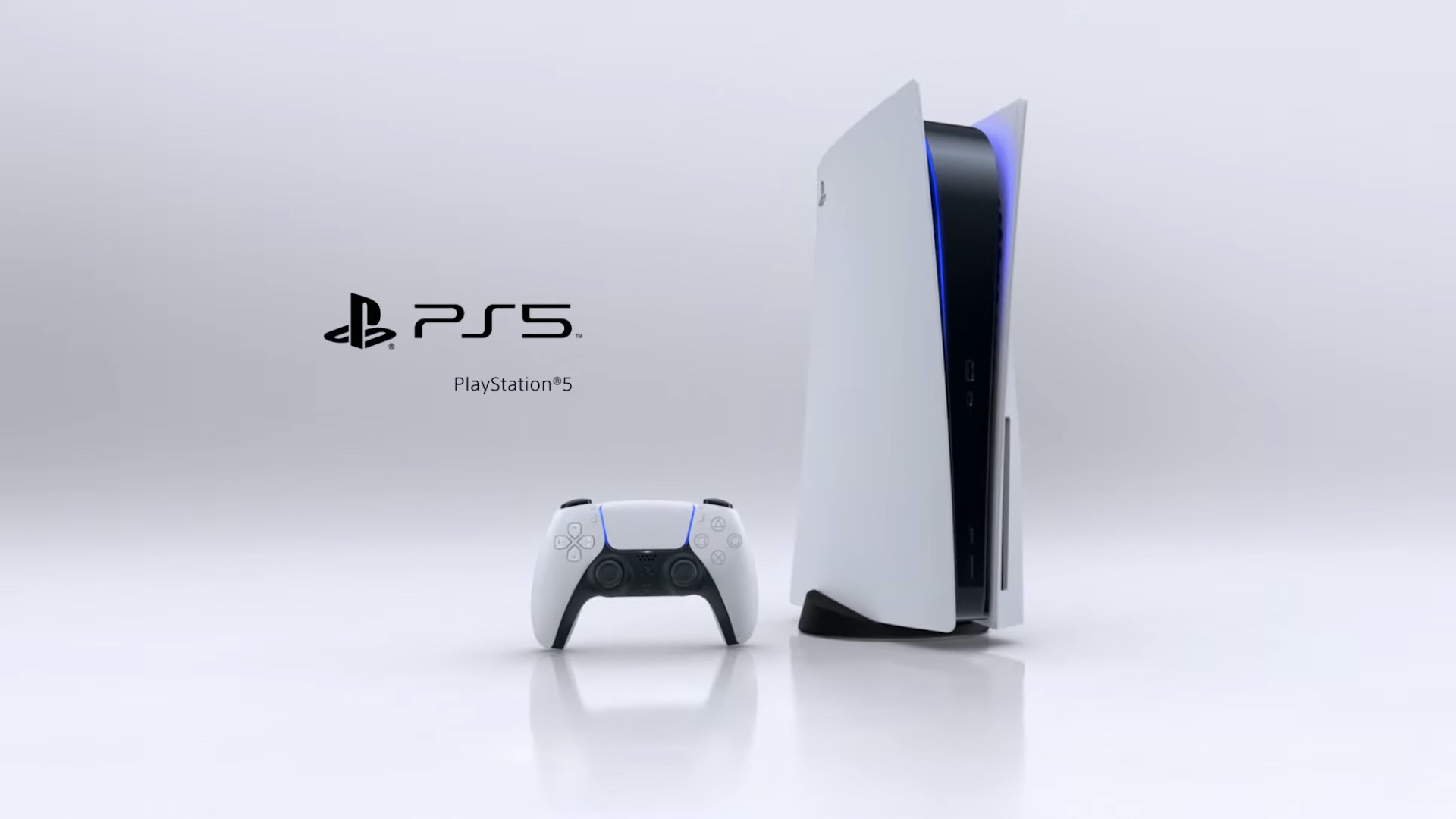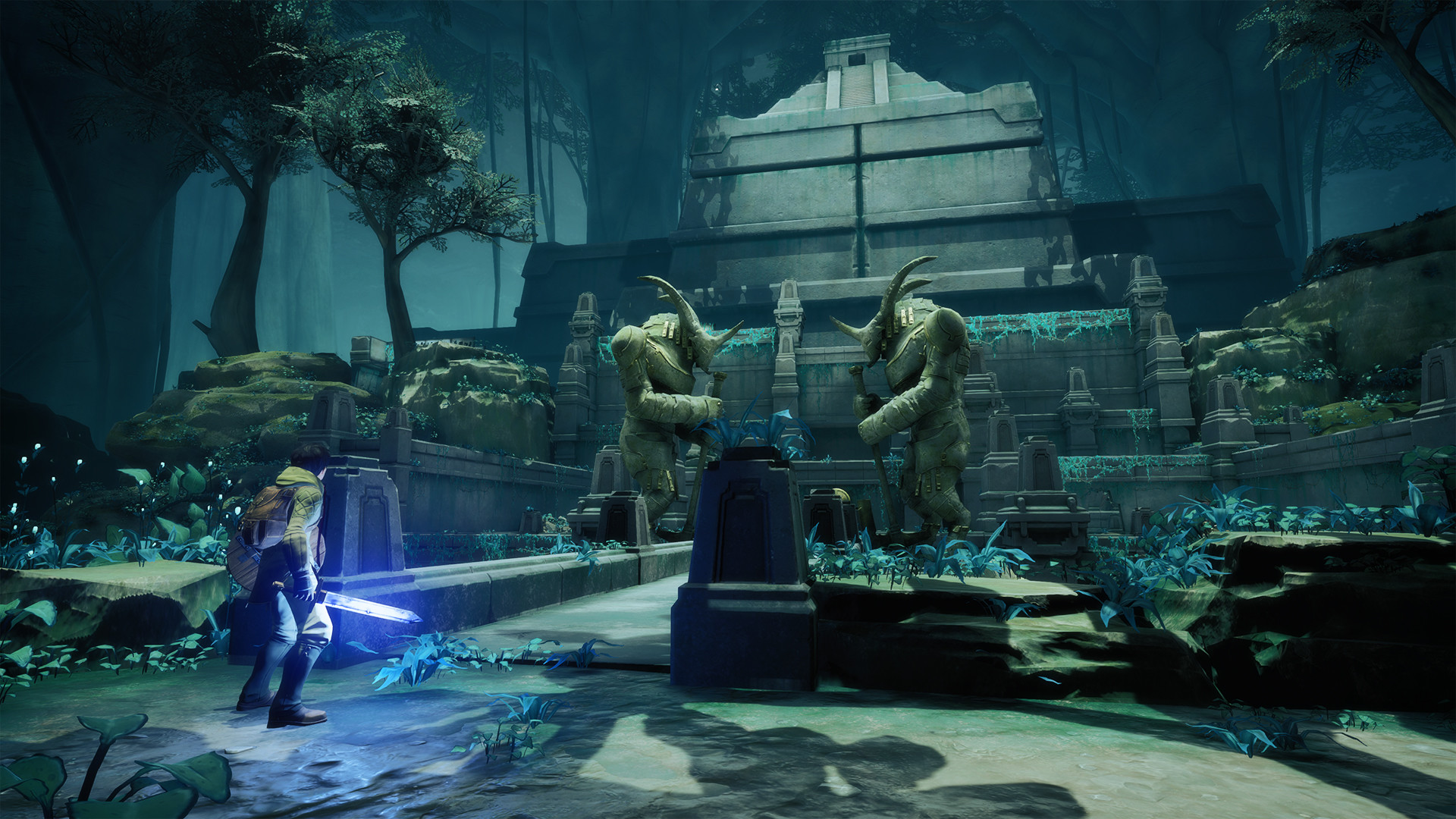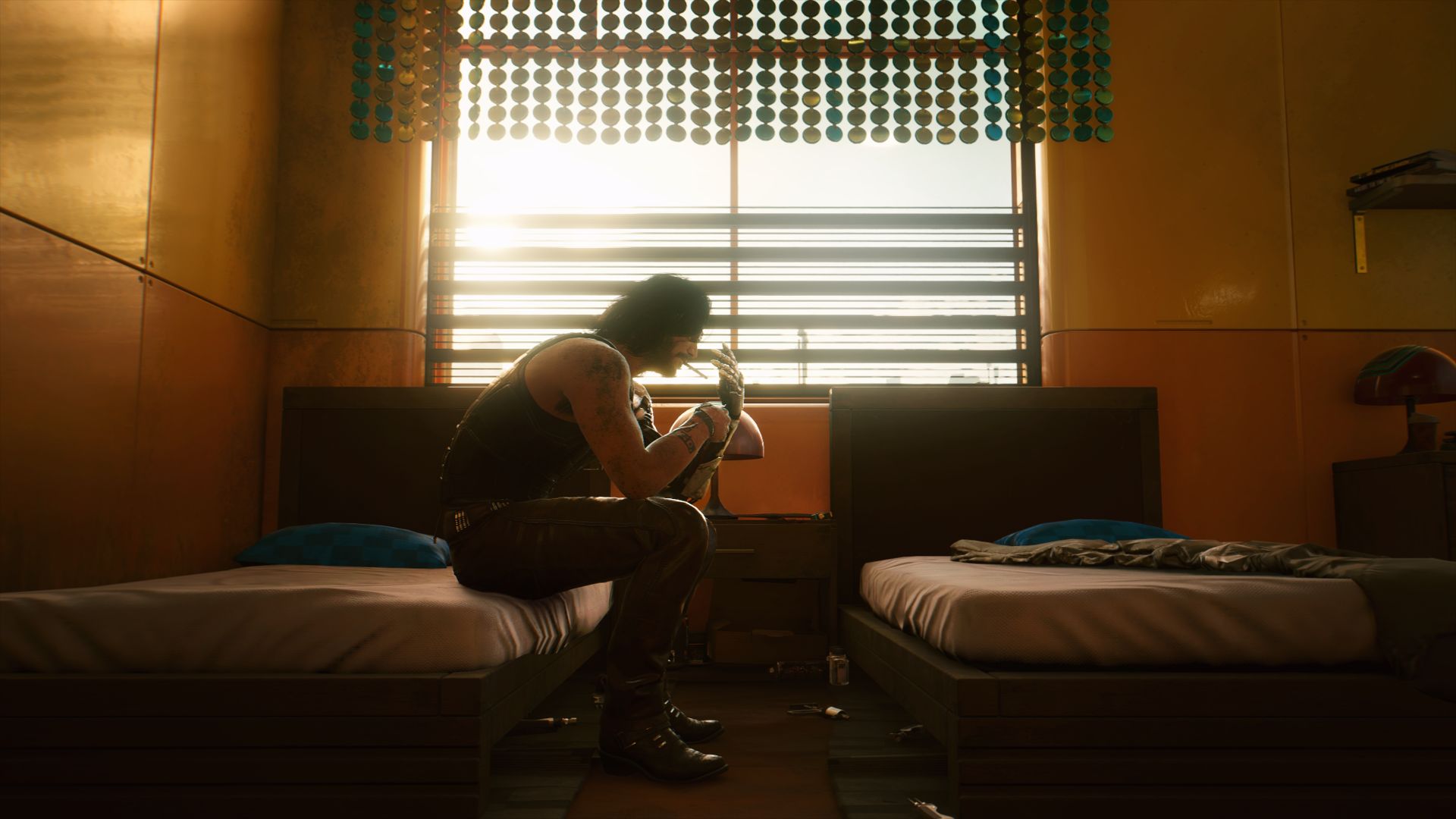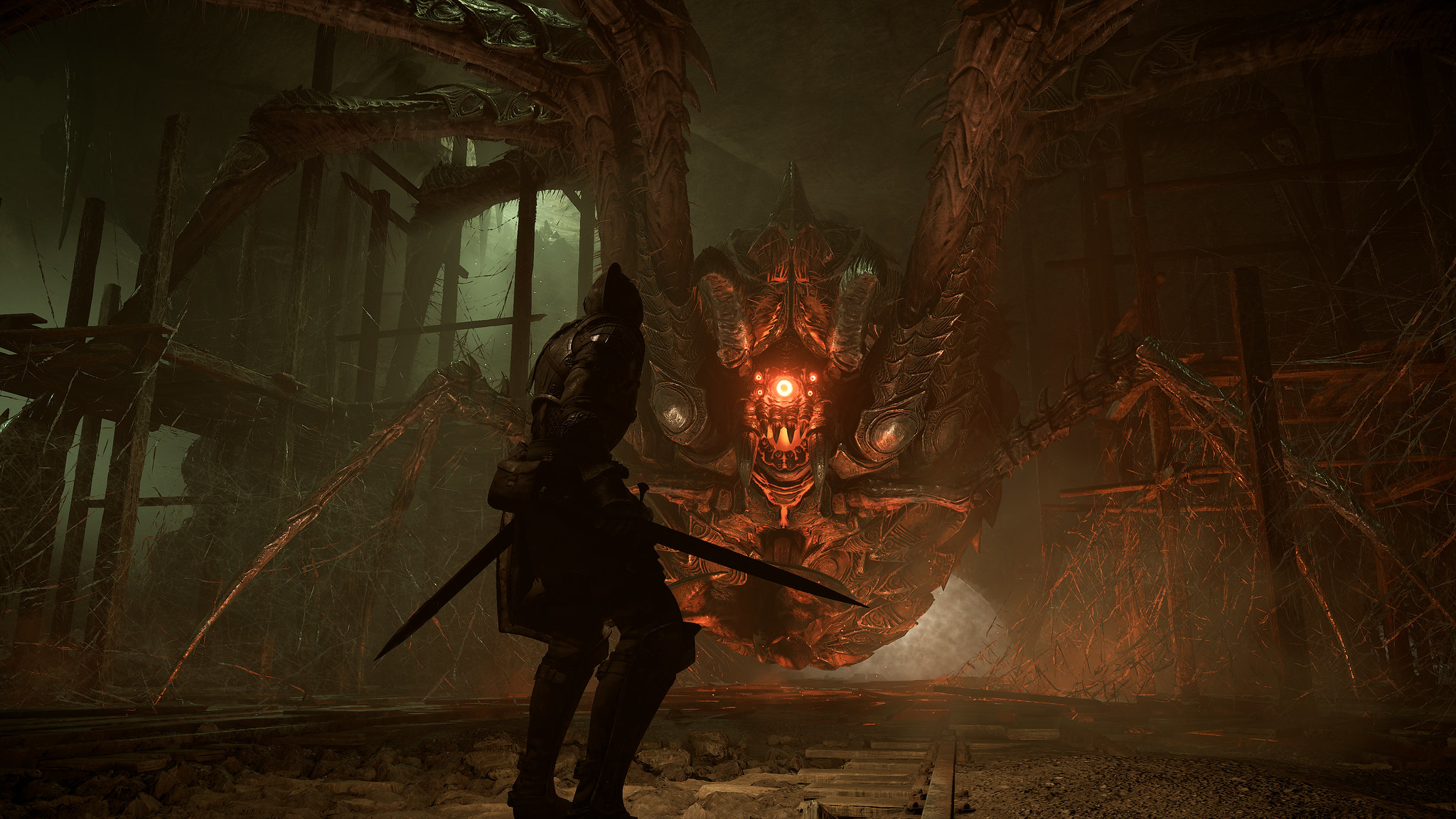Back 4 Blood, Turtle Rock’s spiritual successor to its beloved smash-hit Left 4 Dead, is finally here, returning to the four player co-op zombie survival formula it helped define back in 2008 with new deck building mechanics. So, before we head out into the slaughter, let’s dive into the game’s settings menu and make sure your gaming PC performs like any ideal run: smoothly.
You won’t need to arm yourself with one of the best graphic cards to take on the swarms of Back 4 Blood’s infected, as the game runs great on older GPUs if you manage your video settings with our guide. Plus, there are plenty of upscaling options to make sure you get your copper’s worth of fps.
If you haven’t yet pulled the trigger on grabbing Back 4 Blood, you can play it via Xbox Game Pass alongside loads of other great PC titles. If you’d rather buy it outright, you can find the game on the Microsoft Store, Steam, and the Epic Games Store.
Here’s a refresher of what you’ll need to pack inside your gaming PC to meet the Back 4 Blood system requirements and become a professional zombie killer, with some detail of performance expectations from developer Turtle Rock:
back 4 blood system requirements
| Minimum 1080p/60fps/Low |
Recommended 1080p/60fps/High |
|
| OS | Windows 10 64-bit | Windows 10 64-bit |
|---|---|---|
| CPU | Intel Core i5-6600 AMD Ryzen 5 2600 |
Intel Core i5-8400 AMD Ryzen 7 1800X |
| RAM | 8GB | 12GB |
| GPU | Nvidia GTX 1050Ti AMD RX 570 |
Nvidia GTX 970 AMD RX 590 |
| VRAM | 4GB | 4-8GB |
| Storage | 40GB | 40GB |
Best Back 4 Blood presets
Similar to Far Cry 6 and New World, options under the ‘custom quality settings’ tab will all adopt the same level of fidelity as the preset you select rather than an optimised mix of lows and highs. However, both the Low and Medium presets affect additional options for a small performance boost, such as AdaptiveFX and motion blur, which we’ll touch on our individual settings breakdown.
Your choice of preset will depend on your gaming PC’s capabilities and, more importantly, your preference towards fidelity vs fps. We recommend starting with the High preset at your native resolution as a baseline, and then tinkering with individual settings from there. It paints the game’s hordes of Ridden and monstrous Mutations in all their disgusting splendor, while offering enough of a performance overhead for higher frame rates.
Compared to High, the Medium and Low presets offer a respective 8% and 34% increase in frame rate, while Epic costs an additional 8%. Medium is a decent option for those looking to increase their fps with minimal faff but we’d still recommend pushing for High if you can afford the frames. Similarly, Low is the go-to nuclear option for anyone looking to prioritise performance above all else, although it depreciates the game’s presentation too significantly for our liking.
Best back 4 blood settings
Back 4 Blood’s visual settings can be found in its Settings menu under the ‘Graphics’ tab:
- Post Processing Quality: High
- Texture Quality: High
- Effects Quality: High
- Shadow Quality: Medium
- Foliage Quality: High
- Upscaling: DLSS / FSR
- Anti-Aliasing: TAA
- Sharpening: On
- Motion Blur: Optional
- Chromatic Aberation: Optional
- Adaptive FX Quality: Off
- VSync: Optional
- Limit FPS: Optional
Since Back 4 Blood doesn’t feature a built-in benchmark, our recommended settings were determined through a combination of benchmarking the game’s hub area and campaign gameplay. Unfortunately, there’s not a huge amount of wiggle room in the core settings but performance can be greatly improved by applying an upscaling option. Here’s our breakdown of the performance impact of individual settings, in order from biggest to lowest:
Post processing quality, regardless of which preset you chose above Low, will affect performance by a whopping 20-22%. It provides numerous subtle improvements to Back 4 Blood’s visuals such as the intensity of bloom effects. However, your options for managing the impact of post processing are extremely limited as moving between Medium and Epic will net a mere 1-2% increase in performance. This setting in particular speaks to a wider problem with Back 4 Blood’s settings menu and its lack of overall clarity but, to ensure you don’t miss out on any eye-candy, we recommend High. Regardless, this is priority numero uno to move to Low if you’re struggling to hit frame rate targets.
Texture quality, as you might expect, controls the level of detail found in the game’s textures. It’s also the setting we recommend prioritising most, from a visual perspective, as it’s the setting that provides the most immediately appreciable difference. High is the sweet spot here, costing just 8% compared to Medium’s 3% and Epic’s 12%. Medium is largely fine but we suggest avoiding Low as it significantly muddies the presentation.
Shadow quality relates to the resolution and amount of shadows on-screen. Low, naturally, offers the smallest performance impact but Medium only costs a small 3%. From there, improvements offered by High and Epic are subtle, and similarly cost an additional 3% each, so we reckon Medium is a good compromise here.
Effects quality affects things like the frequency of dismemberments, fire distortion, and various particle effects. High is a no-brainer here, with a price of 5% compared to Low, while Medium will save you just 1%.
Foliage quality trims the height and density of greenery like grass tufts. This setting will affect particular levels more than others but is predominantly inexpensive. Epic costs 4% from Low while both High and Medium will affect performance less than 1%. For maximum green efficiency, go with the High setting.
Outside of the core settings, anti-aliasing is the most taxing. TAA is our preferred choice, with a 5% performance cost, as it is much better at combating jaggies and retaining image sharpness compared to FXAA.
Motion blur is largely a question of preference but can affect frame rate by 2%, which is likely why it isn’t switched on until you select the Medium preset. Chromatic aberration and sharpening minimally affect performance but we recommend keeping sharpening on for the highest image quality.
Then there’s AdaptiveFX, which is on by default when selecting the Low preset. It adapts effects quality to boost fps, we recommend turning this off unless you’ve exhausted all other options or notice significant slowdown in effects heavy scenes.
Back 4 Blood also offers a frame limiter and V-Sync toggle for controlling your frame rate. We didn’t notice any issues such as stuttering during our testing but your mileage may vary with V-Sync being your go-to setting to toggle if you notice anything. Furthermore, if you have a GSync or FreeSync compatible display then we recommend turning V-Sync off and letting the display combat any potential screen tearing.
Now we come to upscaling and this is where you can enjoy some serious performance gains regardless of your selected settings. Back 4 Blood comes packed with Nvidia DLSS, AMD FSR, and a spatial upscaling option. All of these options work by rendering the game at a lower base resolution but differ in their method of upscaling.
If you have a compatible Nvidia graphics card, we recommend you use DLSS. The image appears softer than native but can rescue finer details that were previously lost due to other post processing effects. Quality is the best preset, providing the highest upscaling quality and granting a large 13% fps boost. Balanced provides another 9% but we wouldn’t push any lower, especially at lower base resolutions. However, if you opt for the Performance Ultra Performance presets, you can expect a respective 34% and 51% increase in frame rate.
While DLSS offers the best balance of fidelity and frames to Nvidia RTX GPUs, AMD’s FSR works regardless of your graphics card brand and can give you a serious performance boost. The setting’s Ultra Quality preset saw an improvement of 17% versus native rendering but didn’t resolve as cleanly as DLSS. Still, those with AMD and older Nvidia GTX cards can enjoy a sizable increase in performance, ranging from 17-80%. Similar to DLSS, we don’t recommend stepping down past the Quality preset, especially at lower resolutions, unless you don’t mind the game looking seriously soft.
Spatial upscaling offers the clearest method of controlling your rendering resolution, with a slider that bottoms out at 71%. In a nutshell, if you run the game at 1440p and set the slider to 75% then the game will upscale from 1080p. Naturally, the lower the slider, the higher the performance, but this comes at the expense of image quality. In our testing, we found that image quality resolves surprisingly well with TAA anti-aliasing and netted a noteworthy 58% fps increase. If you don’t like the look produced by either DLSS or FSR, this is certainly an option worth trying.
Back 4 blood accessibility settings
Back 4 Blood offers a selection of accessibility settings. These are presented before you even load into the game proper and can later be accessed in the Gameplay tab within the settings menu.
Text-to-speech is enabled by default and provides an audio description of whatever menu option you are hovering, as well as what the setting is currently set to, how to toggle it, and how to confirm your choice. I found the clarity of the voiceover, both male and female, to be pretty mixed but usable enough. Unfortunately, this setting is only available when the game is set to English which is a shame given the selection of languages Back 4 Blood supports. Concerning chat functions, there is support for speech-to-text and a profanity filter.
To combat motion sickness, the game has a camera motion strength slider and, in a nice touch, includes the motion blur option found in the graphics tab amongst the other accessibility for ease of use.
There are preset colour blind modes for protanopia, deuteranopia, and tritanopia. However, users can replace the colour in red, orange, yellow, green, aqua, and blue elements to their needs with a variety of replacement colours. You can also replace the colours of nest nodes or weak spots if you find them difficult to discern.
back 4 blood issues
Our time testing Back 4 Blood was crash free, which is commendable. Nonetheless, the main issues we encountered were related to the game’s always online requirement. While most dedicated servers performed without issues, there were notable exceptions in which lag and packet loss seriously hampered our experience. Then there’s the fact that you can’t play Back 4 Blood in any capacity while offline, which raises questions regarding the game’s lifespan given its reliance on servers.
There is reportedly a bug relating to the game’s FOV slider that will predominantly affect ultrawide monitors users. While we didn’t conduct any ultrawide testing ourselves, users on Back 4 Blood’s subreddit detail a potential fix:
- Navigate to the following path on Xbox Game Pass or Microsoft Store:
AppDataLocalPackagesWarnerBros.Interactive.e172091a-6630-4ff3-959f-830_ktmk1xygcecdaLocalCacheLocalBack4BloodWinGDKSavedConfigWinGDK - If you’re on Epic Games Store or Steam, use this pathway instead:
AppDataLocalBack4BloodSavedConfigWindowsNoEditor - Copy ‘Game.ini’ and rename it to ‘Engine.ini’
- Open ‘Engine.ini’ with Notepad and paste the following:
[/script/engine.localplayer] - Save the file and run the game!
Some missions reportedly reset this change and require a game restart to fix. Fortunately, you’ll be able to restart your run from where you left off with no progress lost.
While we don’t believe that it affected our tests in any significant way, it’s worth noting that Back 4 Blood uses Denuvo Anti-Tamper DRM. This software has become infamous for its potential to cripple game performance, like it did with Resident Evil: Village, but this is more the exception than the rule as every implementation of it varies.
Overall, Turtle Rock Studios has delivered a solid PC version of Back 4 Blood. While it could make improvements to the graphics menu through greater clarification as to what each setting controls and the differences each preset offers, the robust amount of upscaling options should provide plenty of wiggle room for those looking to boost performance levels. Additionally, the game appears to run well on a wide variety of hardware, meaning that even if your PC is as old as Mom, it might just be able to join your crew of survivors.
{“schema”:{“page”:{“content”:{“headline”:”The best Back 4 Blood settings for performance on PC”,”type”:”hardware”,”category”:”back-4-blood”},”user”:{“loginstatus”:false},”game”:{“publisher”:””,”genre”:””,”title”:”Back 4 Blood”,”genres”:[]}}}}Original Article




